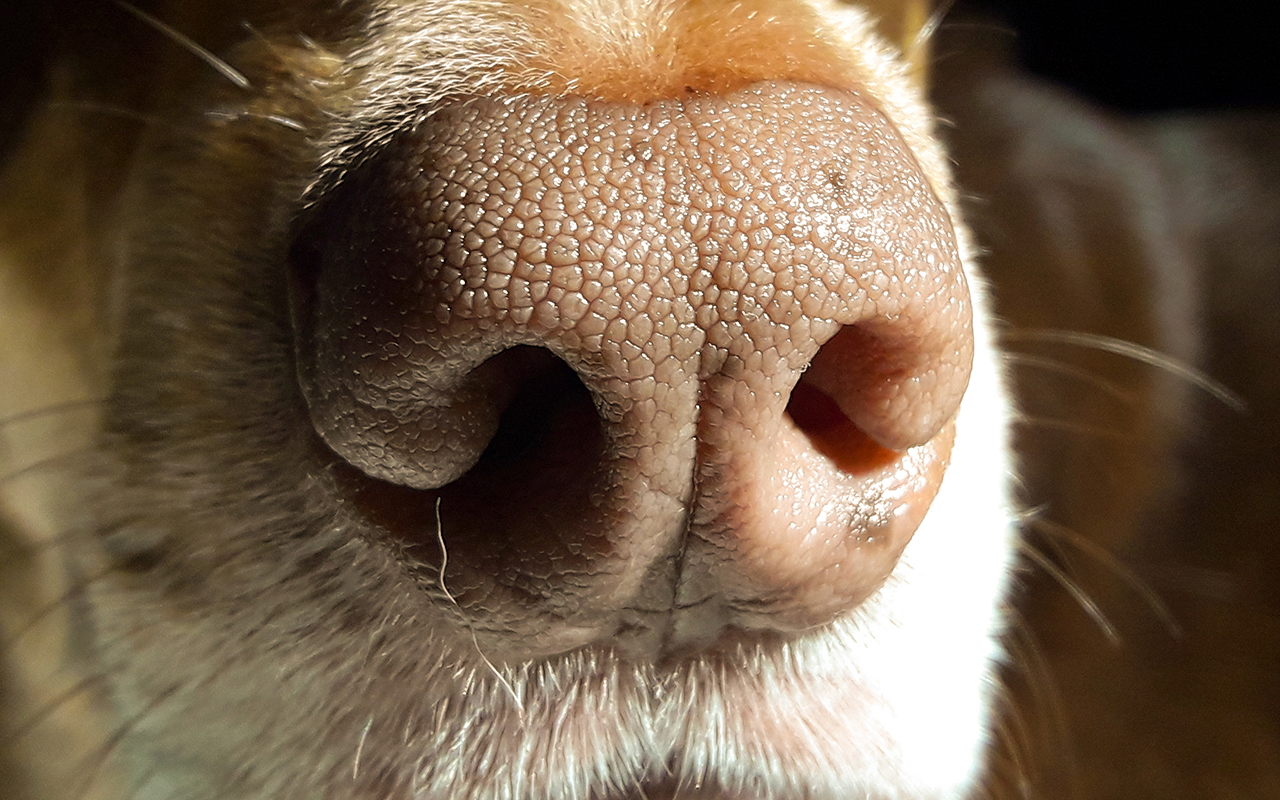Cancer risk: one bottle of wine equals 10 cigarettes a week
British researchers, published in BMC Public Health, are using the well established link between cancer and tobacco to help communicate links between moderate levels of alcohol and cancer, raising public awareness of alcohol-related cancer risks. The authors estimated that in non-smoking men, the absolute lifetime risk of cancer associated with drinking one bottle of wine per week was 1.0%. For women, it was 1.4%. Therefore, if 1000 men and 1000 women each drank one bottle of wine per week, around 10 extra men and 14 extra women may develop cancer at some point in their life. In men, this risk appears to be associated primarily with cancers of the gastrointestinal tract, whereas in women, 55% of cases appear to be associated with breast cancer. The authors also found that drinking three bottles of wine per week (approximately half a bottle per day) – a level known to increase the risks of a wide range of different health problems – was associated with an increase of absolute lifetime cancer risk of 1.9% in men and 3.6% in women, or 19 in 1000 men and 36 in 1000 women, respectively. This is equivalent to smoking roughly eight cigarettes per week for men and 23 cigarettes per week for women. In order to calculate the possible lifetime cancer risk associated with consuming 10 units of alcohol or 10 cigarettes per week, the authors used lifetime cancer risk data from Cancer Research UK (based on data provided by the UK’s Office for National Statistics, ISD Scotland, which provides health information, health intelligence, statistical services and advice to support the National Health Service, Welsh Cancer Intelligence and Surveillance Unit, and the Northern Ireland Cancer Registry), previously published data on the number of cancers in the population that can be attributed to tobacco and alcohol and relative cancer risk data for moderate levels of alcohol and tobacco use.
Can dogs sniff seizures in human patients?
Dogs may be able to detect a specific scent associated with epileptic seizures in humans, according to a small study published in Scientific Reports. The preliminary results suggest that seizures may be anticipated in the future, using their odour characteristics. Previous research has shown that diseases such as breast or lung cancer are associated with specific changes in bodily odours. However, the possibility that epileptic seizures, which are individual-specific and highly variable, may also be reflected in an odour profile had not been tested. Researchers from Université de Rennes in France presented three female and two male trained dogs with complex odours (breath and body odour) obtained from patients with epilepsy during a seizure, outside a seizure and after an exercise session. Each dog was involved in nine trials in total, during which the dogs were presented with seven cans. Only one can in each trial contained the seizure odour. The dogs’ ability to detect positives (sensitivity) ranged from 67% to 100%, while their ability to correctly identify negatives (specificity) ranged from 95% to 100%. The results suggest that, despite the variety of seizures and individual body odours, seizures are associated with specific odour profiles. These characteristics could potentially be used in future to anticipate seizures and allow patients to seek a more secure environment. However, further studies need to determine the chemical properties of the seizure odour and if it is present before a seizure occurs.
“Moving target” breast cancer cells revealed by new imaging technique
Walter and Eliza Hall Institute researchers have developed a new imaging technique to visualise key steps in the evolution of cancer cells within tumours, potentially revealing how breast cancers evade treatment. Using a laboratory model of breast cancer, the researchers were able to view tumours in three dimensions, at previously unachievable high resolution. This revealed how cancer cells develop from pre-cancerous cells in the mammary ducts, and changes that occur in the tumour over time. The research, published in Cancer Cell, suggests that breast cancer cells are inherently changeable, morphing from one cell type to another at the molecular level – resembling cells that are more likely to spread. A new three-dimensional imaging technique was critical for the discoveries, said the researchers. “Until now it has been challenging to visualise the intricate structures of complex tissues such as breast tissue, or to see the true arrangement of cells within tumours. We developed a new, rapid way to prepare tissue samples that retains their intricate architecture but allows us to distinguish individual cells and the three-dimensional structure of the tissue. Our method enabled us to capture previously unseen images of breast tissue and mammary tumours.”
What’s new online at the MJA
Perspective: The runaway giant: ten years of the Better Access Program
Rosenberg and Hickie; doi: 10.5694/mja2.50068
Australia urgently needs a new and fairer approach to the provision of quality Medicare-funded psychological services … PAYWALL
Narrative review: Family planning and antenatal, perinatal and post partum care in multiple sclerosis: a review and update
Van Der Walt et al; doi: 10.5694/mja2.50113
For women with multiple sclerosis, assessment of fertility and disease characteristics using a multidisciplinary approach is required to ensure positive outcomes in mothers and children … PAYWALL
Podcast: Professor Caroline de Costa AM is professor of Obstetrics and Gynaecology at James Cook University in Cairns. She talks about the restrictions surrounding medical abortions … OPEN ACCESS permanently

 more_vert
more_vert